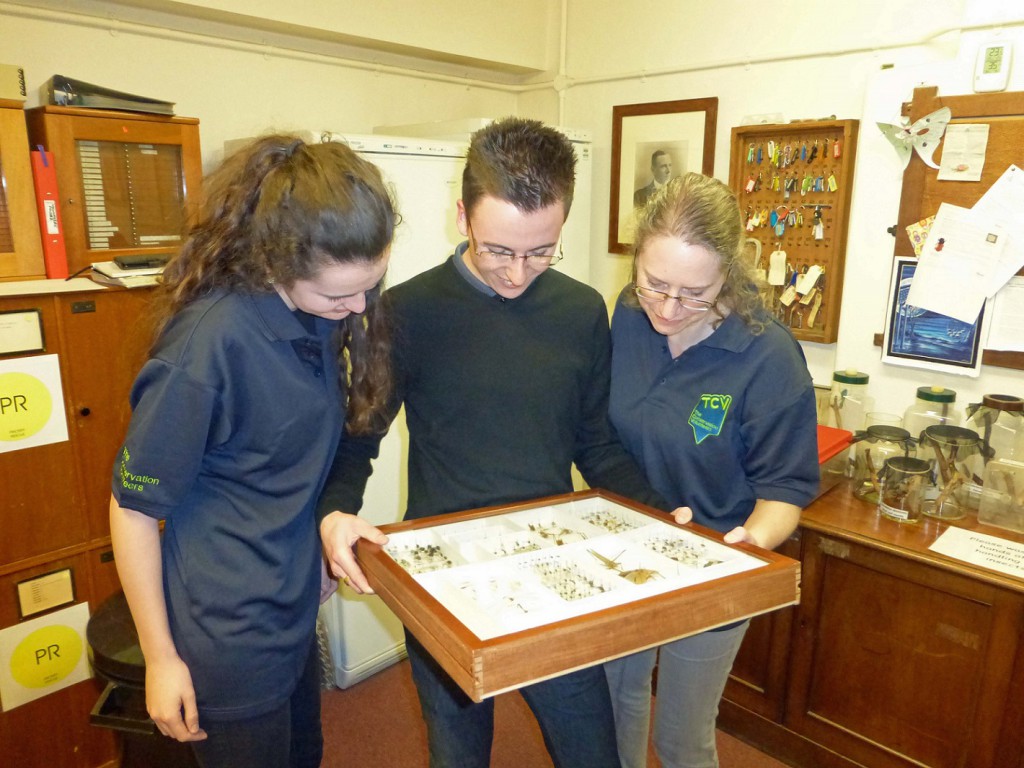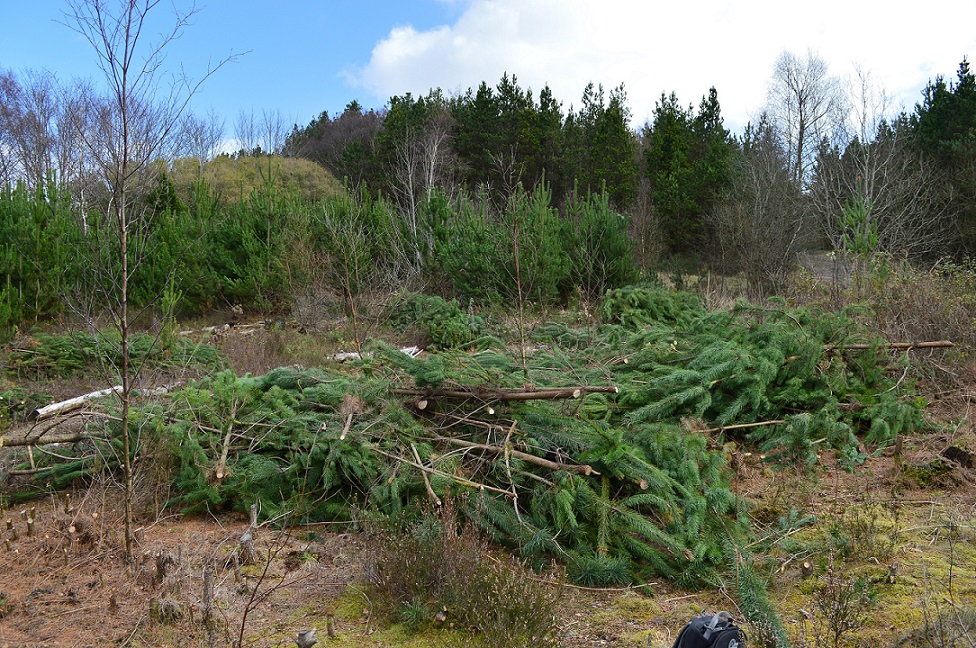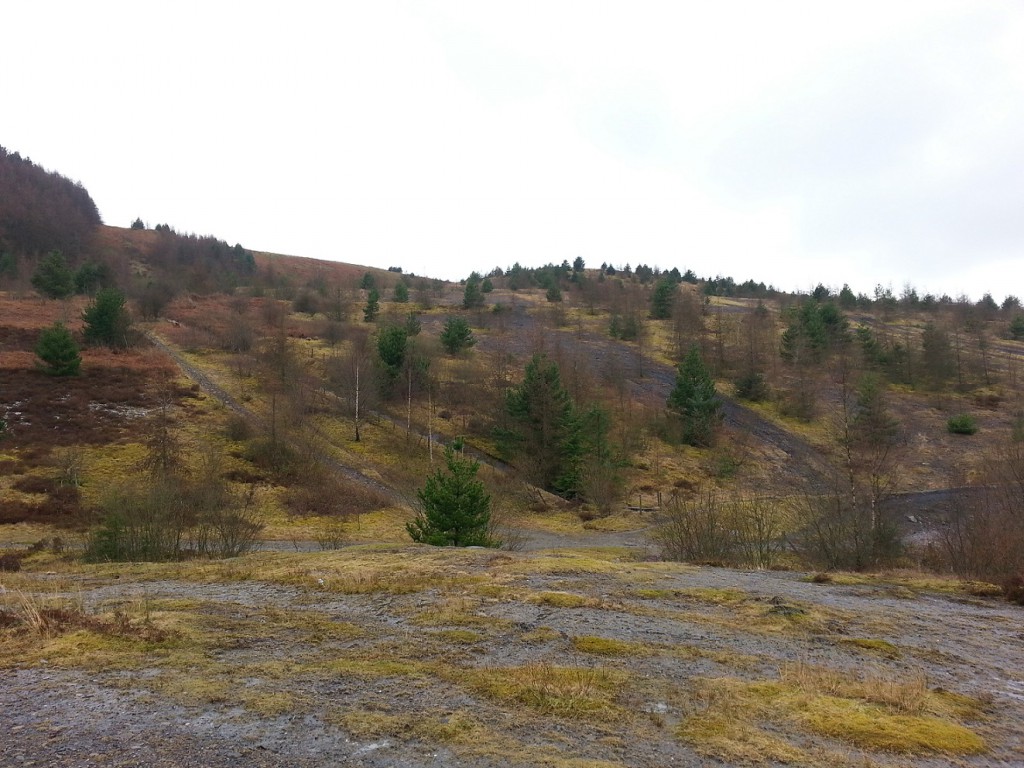The past month may have come and gone in the blink of an eye, but it has definitely been one to remember.
The highlight of the month was visiting Oxford University Natural History Museum (OUNHM), who kindly hosted me for an entire week. This was a brilliant learning experience; I learnt so much about entomology, curation and surveying, things that will prove highly useful in the coming weeks and months. I was also lucky enough to go behind-the-scenes of OUNHM and see some truly astonishing things including:
- specimens collected by Charles Darwin in South America
- specimens collected by Alfred Russell Wallace in the Malay Archipelago
- the Oxford Dodo
- the tsetse fly collected in Africa by David Livingstone
- the oldest surviving pinned insect
- and much, much more!
I was also fortunate to visit the London Natural History Museum, where I was given a behind-the-scenes tour of the Coleoptera, Diptera, and Hymenoptera collections – a once in a lifetime experience! Among the highlights was seeing specimens collected by Fabricius (a student of Linnaeus) in the 18th Century, and getting within touching distance of a rare first edition of Charles Darwin’s book, On the Origin of Species, published in 1859.
Closer to home, Buglife’s Conservation Officer for Wales, Clare Dinham, kindly showed me around Kilvey Hill and Pluck Lake (Swansea) – important industrial spoil sites managed by Buglife as part of the ‘West Glamorgan Stepping Stones’ project. These sites are heavy metal contaminated, so it was great to see how they differ from colliery spoil sites. I even got involved in some practical conservation work, assisting Buglife volunteers in clearing conifers.
With the survey season fast approaching, I have also visited several colliery spoil sites this month in order to build-up a list of possible study sites. While several have access issues, the Coedely, Cwm, and Lewis Methyr colliery spoils look promising…although nothing has been finalised yet.
In terms of taxonomy, I’m making great progress. I’ve studied a number of different invertebrate groups over the past few weeks including hoverflies, ground beetles and bees. While I’m no expert yet, I do feel as though I’m making significant inroads on a daily basis. It’s only been two months and already I can’t believe how much I’ve learnt.
As you may have gathered, I’ve been extremely busy this month but nonetheless, I can honestly say that this month has been one of the best months of my life!
And…the month is not quite over yet. On 27th March, I’ll be attending the Natural Talent Celebration Event at the Royal Botanic Garden Edinburgh….I hope to see you there 😉
To find out more about the Natural Talent Traineeship, the Esmée Fairbairn Foundation, and National Museum Wales, please follow the links below.
Find out more about Natural Talent
Find out more about Esmee Fairbairn Foundation
Find out more about National Museum Wales



